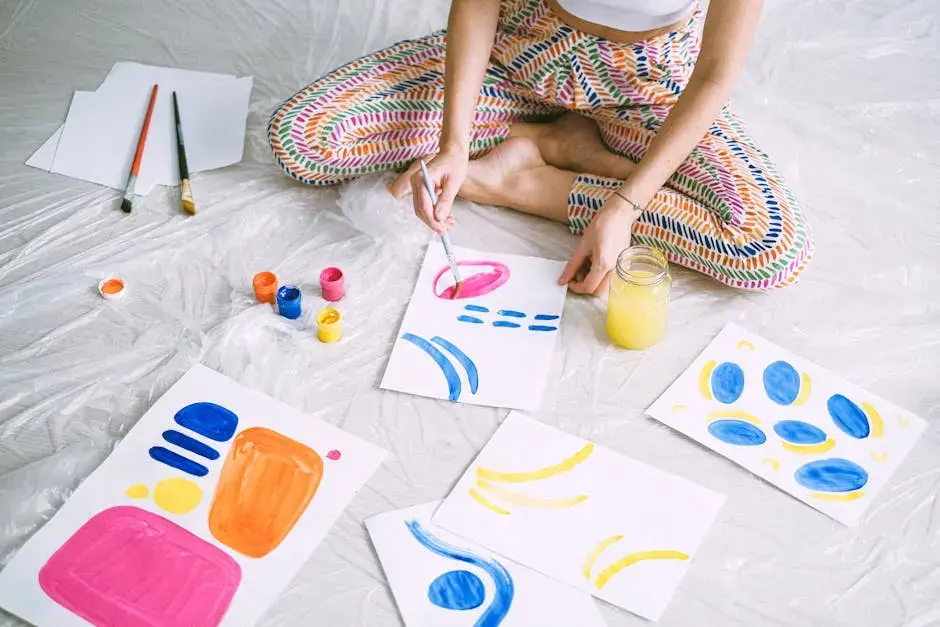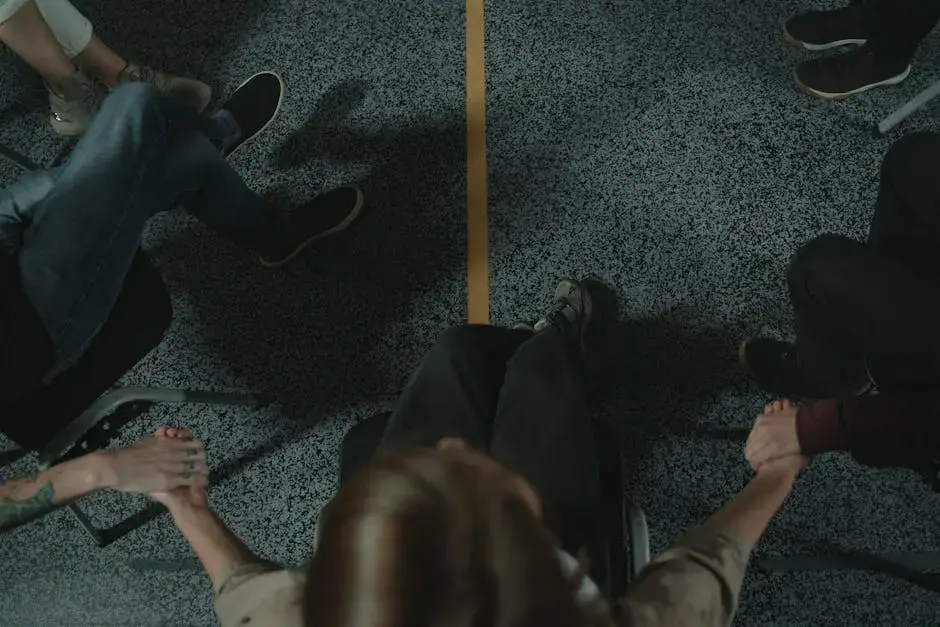Unlocking Emotional Growth through Creative Therapy Techniques
- Karrie Stafford

- Jan 24
- 4 min read
In today's fast-paced world, emotional health is more important than ever. Creative therapy techniques provide an innovative way to explore feelings, promote healing, and facilitate personal growth. Let's delve into how these methods can help unlock emotional growth and enhance well-being.

Understanding Creative Therapy
Creative therapy is an integrative approach that utilizes artistic methods—such as drawing, painting, music, and drama—to help individuals express themselves and process emotions. At its core, this therapeutic practice aims to bridge the gap between creativity and psychological healing.
The beauty of creative therapy lies in its versatility. Unlike traditional talk therapies, creative therapy invites participants to engage with their feelings in a non-threatening way. By choosing their medium—be it a paintbrush, a musical instrument, or even clay—individuals create a safe space for emotional exploration. This exploration can lead to surprising breakthroughs, revealing feelings that may have been buried deep down.
Moreover, research has shown that creative activities stimulate neurological pathways, enhancing cognition and emotional resilience. Many people find that expressing themselves through art not only brings relief but also enables a better understanding of their emotional landscapes.
The Importance of Emotional Expression
Emotional expression plays a crucial role in mental health. This section discusses how creative therapies encourage expressing difficult emotions in a safe and constructive manner, promoting healing and understanding. When we hold back our feelings, they can manifest as stress, anxiety, or even physical ailments.
Through creative therapy, individuals are encouraged to dive deep into their feelings—transforming pain into something tangible. This process allows for a unique form of catharsis, which can be both liberating and enlightening. As participants engage with creative outlets, they often experience a newfound clarity regarding their emotional states, paving the way for personal growth.
The importance of emotional expression cannot be overstated; it not only fosters understanding but also cultivates empathy. By learning to communicate their emotions, individuals may improve their interpersonal relationships, building stronger connections with others. In turn, this supports a collective journey toward emotional well-being.
Key Techniques in Creative Therapy
There are various techniques used in creative therapy, each aimed at fostering emotional growth. This section will highlight some of the most effective methods—like art therapy, music therapy, and journaling—and describe how they can be integrated into your personal growth journey.
Art therapy, for instance, provides a channel for individuals to express emotions through visual art. Whether it's painting, sculpting, or drawing, the act itself fosters a release of pent-up feelings. Participants might find that by the end of a session, they've conveyed aspects of their emotions they couldn't articulate with words, making it a powerful adjunct to traditional therapies.
On the other hand, music therapy taps into the healing properties of sound. Engaging with music—through listening, songwriting, or playing an instrument—has been shown to lift spirits, reduce stress, and even alleviate symptoms of depression. The rhythmic qualities of music resonate with our biological rhythms, helping to harmonize our emotional states.
Journaling is yet another transformative technique. By putting thoughts and feelings on paper, individuals not only gain insights but also create a roadmap for their emotional evolution. This practice encourages reflection and can be a daily ritual that enhances mindfulness and self-awareness.
Real-Life Success Stories
Nothing resonates like real-life experiences. Here, we'll share inspiring stories of individuals who have benefitted from creative therapy techniques, illustrating how they have unlocked emotional growth and transformed their lives. One such story is of a woman named Sarah, who struggled with anxiety for years.
After joining an art therapy group, Sarah found solace in her brushstrokes. As she painted her feelings, she began to confront emotions she had long suppressed. What began as anxious scribbles transformed into beautiful landscapes that not only depicted her inner turmoil but also showcased her journey toward healing. Her art became an outlet for her anxiety, offering a narrative of her emotional experiences that had previously felt overwhelming.
Similarly, Tom, a veteran grappling with PTSD, discovered the therapeutic power of music. By playing guitar and writing lyrics, he externalized his traumas in ways that talk therapy hadn't achieved. The notes he strummed carried echoes of his pain, but they also resonated with hope and healing. Through his songs, Tom not only found a way to process his experiences but also connected with others on a profound level, inspiring them with his bravery and resilience.
Getting Started with Creative Therapy
Interested in trying creative therapy? This section provides practical tips and resources for getting started, whether you seek guidance from a professional or wish to explore these techniques independently. First, consider what medium resonates with you the most. Are you drawn to visual arts, music, or perhaps writing? This step is crucial as it lays the foundation for your creative journey.
If you prefer professional guidance, look for local therapists who specialize in creative therapy methods. Many practitioners offer introductory sessions or workshops where you can explore different techniques and find what suits you best. Don’t hesitate to ask questions and share your aspirations; a supportive therapist will help tailor approaches to fit your unique emotional needs.
If you're more inclined toward self-exploration, starting a journal can be a great first step. Set aside time each day to free write or reflect on your emotions. You might even want to complement this with art by sketching or coloring during your reflections. Remember, the goal isn’t to create a masterpiece but to express your feelings authentically.
Ultimately, the most important aspect of beginning your creative therapy journey is to be open to the process. Allow yourself to experiment, make mistakes, and grow as you explore the depths of your emotions. You may find that, in embracing the journey, you open doors to healing and understanding that you previously thought were closed.
Embracing the Journey of Creative Therapy
Creative therapy stands as a powerful tool in the journey of emotional growth. By tapping into our creativity, we open avenues for expression and understanding that traditional methods may overlook. Embracing these techniques can lead to profound transformations, fostering a deeper connection with ourselves and our emotions.




Comments